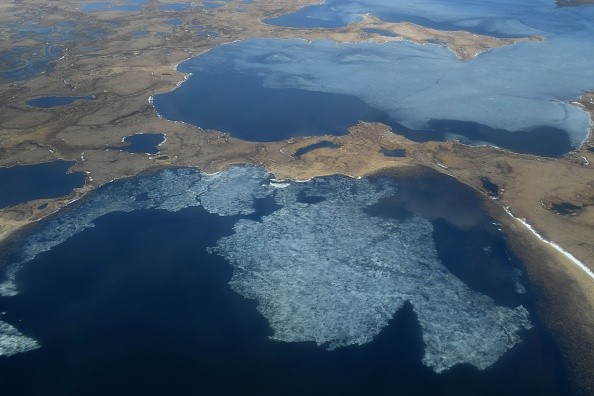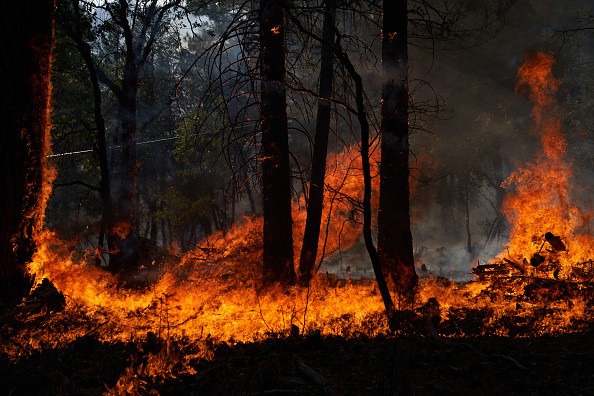

Permafrost degradation in Arctic Alaska is primarily caused by climate change, but 70 years of data reveal that tundra fires are speeding up this decline, contributing to a phenomenon referred to as "thermokarst," the sudden collapse of ice-rich permafrost due to melting.
Role of Fire on Permafrost Integrity
This is the first time experts have been able to calculate the impact of fire on permafrost integrity over such a long period of time.
Researchers estimate that if the Arctic permafrost warms up and degrades, it may have more than twice the quantity of carbon in the atmosphere. It is a massive repository of frozen plant and animal materials.
Plant biologist Mark Lara and Washington University's dean of arts and sciences Feng Sheng Hu collaborated on this study because of the process' unpredictable nature.This process is poorly understood since it is very unpredictable, said Yaping Chen, a former graduate student at the University of Illinois Urbana-Champaign.
A postdoctoral researcher from the Virginia Institute of Marine Science at the College of William & Mary said, "We're increasing our knowledge of the permafrost ecosystem" with this work.
The pace of thermokarst generation in various parts of Arctic Alaska was calculated using data collected over the course of seven decades from aerial and satellite photos, according to Phys.org.
Also Read: Permafrost Melting in Arctic Can Release War-Era Nuclear Remnants and Other Deadly Viruses
Research Findings
For this study, researchers employed machine learning-based modeling techniques to estimate the proportional contributions of reported loss in permafrost from factors such as climate change, fire disturbance, and landscape characteristics.
According to Chen, scientists discovered that the rate of thermokarst production has increased by 60% since the 1950s. Even though climate change is the primary cause of thermokarst acceleration, fire had a disproportionately huge impact.
Only 3% of the Arctic landscape was destroyed by fire during that time period, but it was responsible for more than 10% of the thermal creation of the first arc.
However, recurrence of these fires did not further accelerate thermokarst development, according to the researchers. The research found that a single fire might accelerate the creation of thermokarst over many decades.
Thermokarst Linked to Climate Change
"Models predict that thermokarst will only increase with climate change," Lara said. "In addition to thawing permafrost, climate warming dries out the tundra, increasing its flammability. This makes it more likely that lightning strikes will spark fires, causing even more permafrost degradation."
According to Lara, the thawing and crumbling of permafrost also causes other changes to the terrain. Permafrost depression lakes, for example, may slowly or abruptly drain as the permafrost degrades.
When permafrost is thawed, it may unleash a wave of environmental upheaval, Lara added.
The title of the paper is "Thermokarst acceleration in Arctic tundra driven by climate change and fire disturbance."
Related Article: Thawing Permafrost Due to Global Warming May Release Pathogens and Radioactive Waste
For more news, updates about permafrost and similar topics don't forget to follow Nature World News!
© 2025 NatureWorldNews.com All rights reserved. Do not reproduce without permission.





